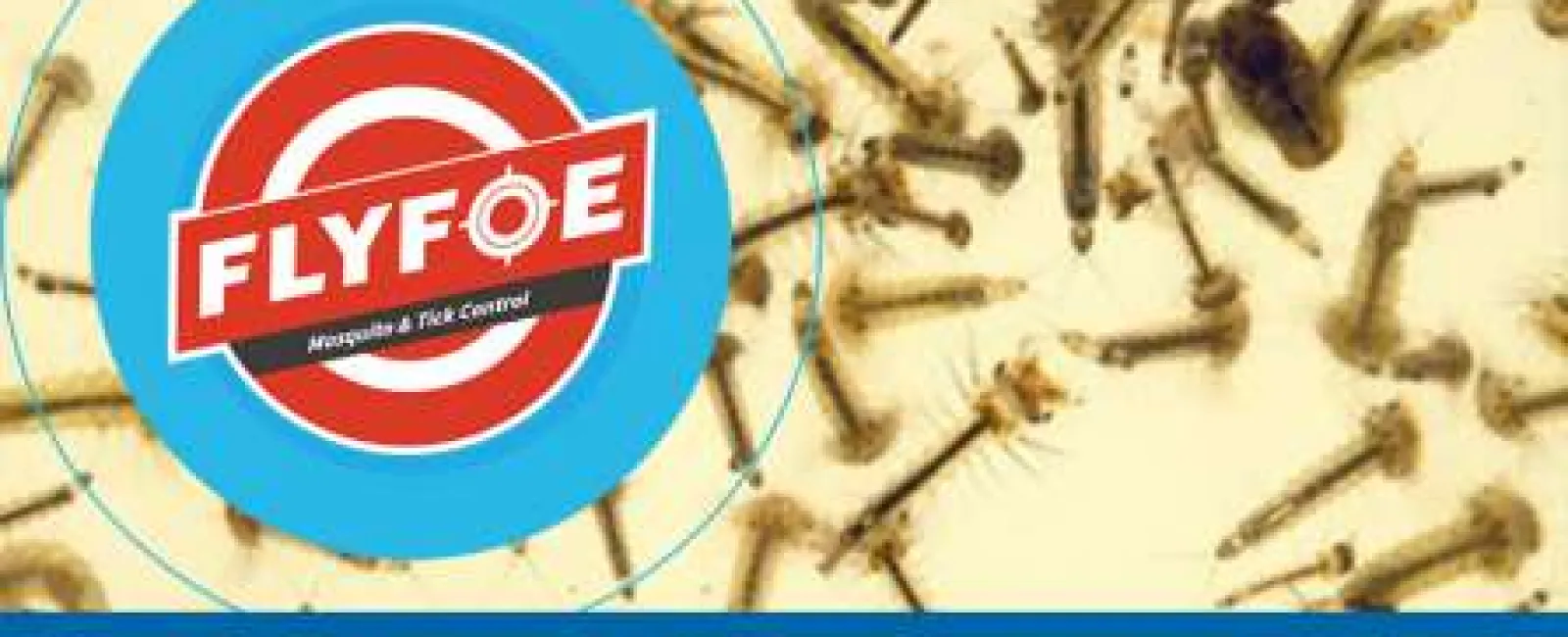Did you know that the first three stages of a mosquito's life cycle take place in water? That's right. Without water, mosquitoes cannot thrive. It's only during the final adult stage of their lives that mosquitoes are the flying insects that we see buzzing about and wreaking havoc. As adults, mosquitoes do not live in water, although they do still like to be around water because that's where females lay their eggs.
Mosquito eggs usually begin to hatch in the spring, but exactly when they hatch can vary based on temperature, location and even the type of mosquito. However, once they begin hatching, new batches will appear every seven to 10 days until a hard freeze. Here's more about the interesting mosquito life cycle:
4 Stages of the Mosquito Life Cycle
- Egg - Mosquito eggs are usually found in or around water. A female mosquito can lay from one to three batches of eggs in her lifetime, usually during the warmer months. The eggs are laid on water and float on the surface until they are ready to hatch.
- Larva - Also called "wrigglers," mosquito larvae live in water where they molt several times as they grow. They live under water but come to the surface to breathe air.
- Pupa - This is the final stage before transforming into an adult mosquito and it lasts from two days to a week. Also called tumblers, mosquito pupae remain in water, but they no longer feed.
- Adult - Adult mosquitoes emerge when they shed their pupal casings. This takes place in water, but the adult mosquitoes quickly fly away.
The time it takes a mosquito to advance from egg to adult can take anywhere between four days to a month. There are more than 2,500 different kinds of mosquitoes, and a lot can vary from species to species.
Eliminate Standing Water Around Your Home
As you can see, mosquitoes spend most of their lives in or around water, and it doesn't take a lot of water to lay their eggs either. For example, a mosquito can lay their eggs in water that's pooled on top of a mushroom. That's why it's so important to eliminate any and all standing water around your home and yard. Here are a few tips for doing this:
- Clean clogged gutters which might be holding excess water so that they will drain properly.
- Remove trash, old tires, and other discarded items where water could collect.
- Turn buckets, containers and pots that aren't being used upside down.
- Remove leaves and other organic debris that could hold water.
- Fill in low areas where water pools with soil or install a drainage system.
- If you have outside toys in your yard, regularly dump any water that accumulates in or around them or cover them so they will stay dry.
If you need help eliminating mosquitoes from your home, contact Patio Patrol today. Did you know you can even sign-up online? Get started now at Patio Patrol.


